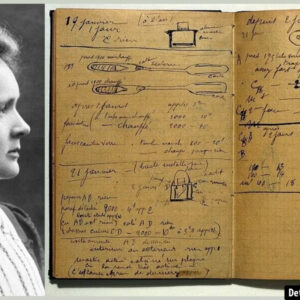When we think of the selfie stick, we often picture it as a modern, somewhat quirky invention that’s part of the digital age. Whether at a tourist hotspot or a concert, the selfie stick has become ubiquitous in capturing the perfect group photo or self-portrait. However, the origins of this now-popular accessory stretch back further than most realize. From early homemade versions in the 1920s to its use in science fiction films, the selfie stick’s evolution is a fascinating journey that shows how long the desire for the perfect self-portrait has been embedded in human nature.
1925: The First ‘Selfie Stick’ Photo
The concept of using a stick to take a photograph dates as far back as 1925. In that year, a man captured an early version of a self-portrait with his wife by using a long stick to extend the reach of his camera. During this time, box cameras lacked the ability to focus on self-portraits when held at arm’s length, which prompted the use of external tools like sticks or cables. This photo serves as the first known example of the “selfie stick,” and while rudimentary by today’s standards, it marks the beginning of an idea that would later change how people take photos for generations to come.
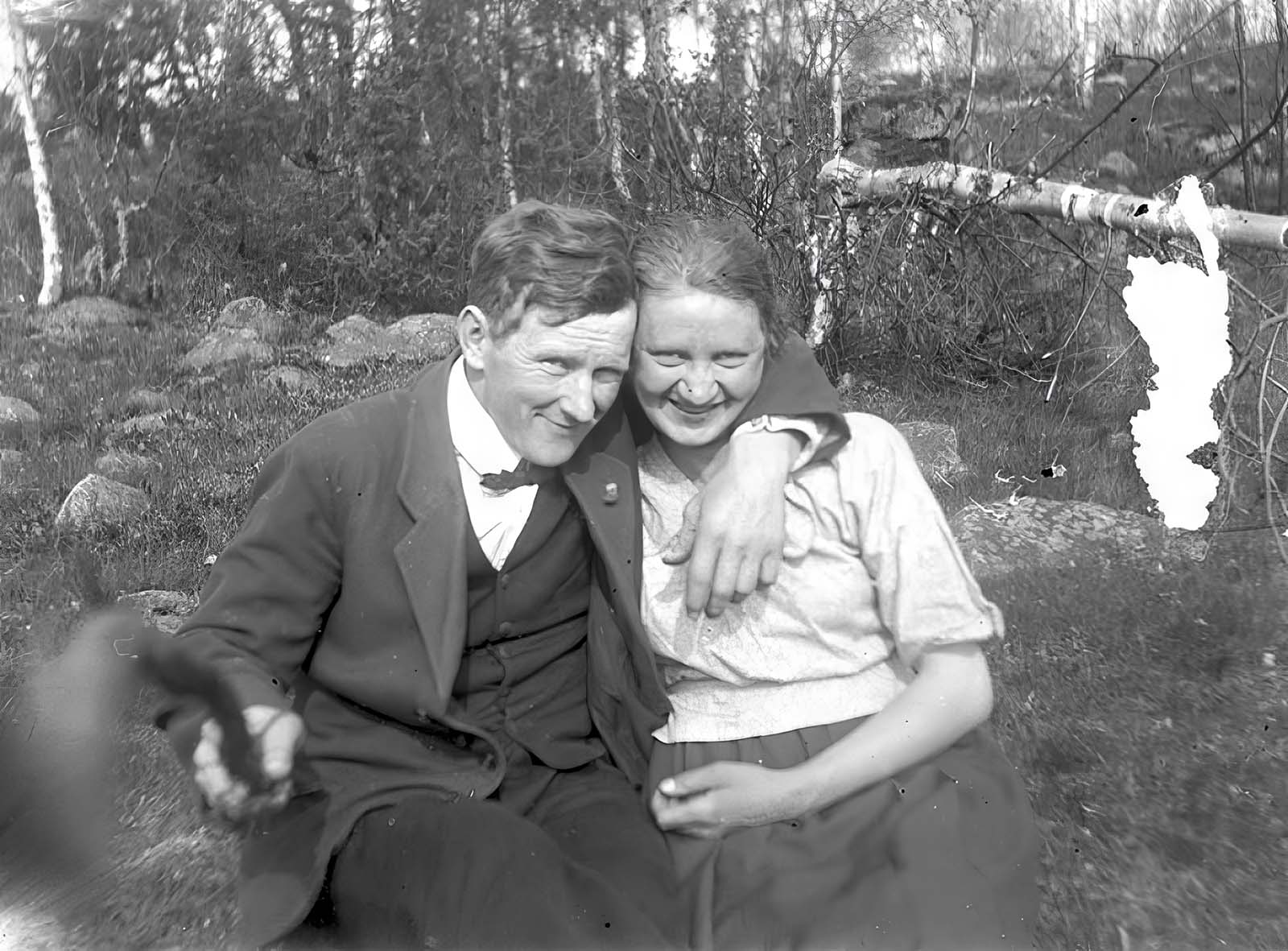
Video
Watch the video The Art of the Selfie in this art history lesson from Artrageous with Nate.
1969: Selfie Stick in Sci-Fi
Fast forward to 1969, and the concept of a selfie stick appeared in the Czechoslovak sci-fi film I Killed Einstein, Gentlemen. In the movie, a character uses a silver stick to take a photo of herself and another character. The stick extends beyond the frame, and after a flash, the photo is instantly printed. While this depiction of a selfie stick was still rooted in science fiction, it offered an early glimpse of how such an invention could make capturing self-portraits easier.

1983: The Minolta Disc-7 Camera
By 1983, technology had taken another leap forward, and the Minolta Disc-7 camera was released with a built-in convex mirror on the front, designed specifically for self-portraits. What made the camera even more interesting was its packaging, which included a depiction of the camera mounted on a stick to assist with taking photos. This packaging essentially suggested the use of a “selfie stick” before it was even an established idea. Though it was not a mainstream product, this camera design subtly laid the groundwork for the later development of the modern selfie stick.
1995: The Japanese Selfie Stick Patent

In 1995, the Japanese self-titled “selfie stick” made its first appearance in a book titled 101 Un-Useless Japanese Inventions. The invention was a telescopic extender designed to fit into a compact handheld camera. The concept seemed outlandish at the time, and the selfie stick was dismissed as a “useless invention.” Little did anyone know, the world was not yet ready for it, but it would later become an essential part of modern photography. The seemingly quirky invention had been planted in the public’s consciousness.
2005: Wayne Fromm’s Quik Pod

A decade later, the selfie stick finally took a step toward commercialization. In 2005, Canadian inventor Wayne Fromm patented his version of the selfie stick, known as the Quik Pod. This product gained traction in 2006 when it became available commercially in the United States. The Quik Pod was initially designed for cameras and camcorders, allowing users to extend their reach for the perfect shot. This was the first commercially successful selfie stick, marking a significant moment in the product’s development.

2010-2014: The Global Rise of the Selfie Stick
It wasn’t until the early 2010s that the selfie stick became a worldwide phenomenon. With the rise of smartphones and their built-in cameras, the selfie stick quickly gained global popularity. By 2012, Yeong-Ming Wang patented an advanced version of the selfie stick, capable of holding smartphones for “multi-axis omni-directional shooting.” This new technology helped fuel the global selfie craze, making the selfie stick a must-have accessory for millions around the world.
In 2014, the term “selfie stick” was officially added to the Oxford English Dictionary, and Time magazine included it in its list of the 25 best inventions of that year. That same year, the New York Post called it “the most controversial gift of the year,” and by the end of 2014, the selfie stick had dominated the holiday season as the “must-have” gift. The product had reached the peak of its popularity, and people everywhere were using it to capture their best angles.

Criticism: The ‘Narcisstick’ Phenomenon
While the selfie stick enjoyed immense popularity, it didn’t come without its critics. Some saw it as a symbol of narcissism and the self-absorption that seemed to be taking over modern society. In 2015, the term “Narcisstick” was coined to reflect the perception that the selfie stick was an accessory driven by vanity. The “Wand of Narcissus,” as it was sometimes referred to, became the subject of online debates and media discussions, where some commentators lamented the rise of “selfie culture” and its negative connotations.
Despite the criticism, the selfie stick continued to be a common sight in tourist destinations, at concerts, and on social media. It became a symbol of modern-day photography, enabling people to take photos with ease, no matter how crowded the location. By 2015, an even wider variety of selfie sticks hit the market, with versions that could hold everything from smartphones to laptops, further cementing its place in the world of modern photography.
Incorporating Images: The Evolution of the Selfie Stick
Here, we would include a selection of vintage photos and modern selfies using selfie sticks, visually highlighting the progression of this iconic device from early forms in the 1920s to the mass-market devices of today.


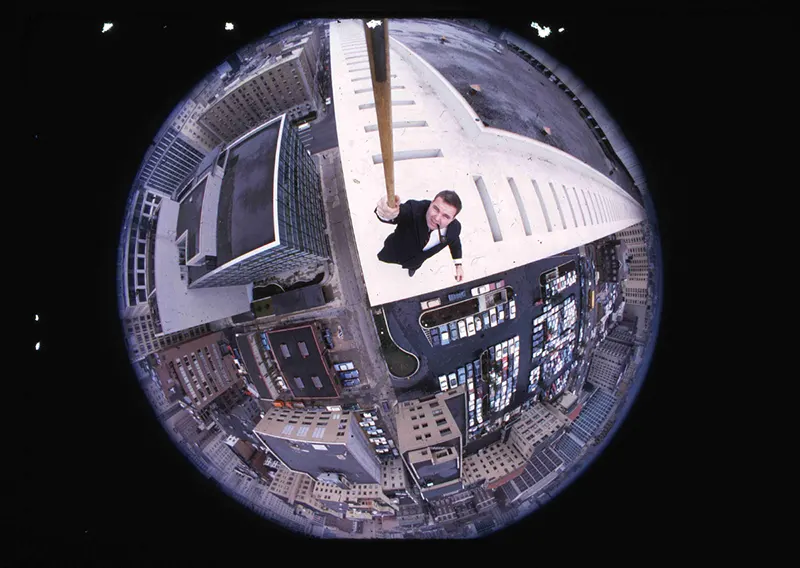



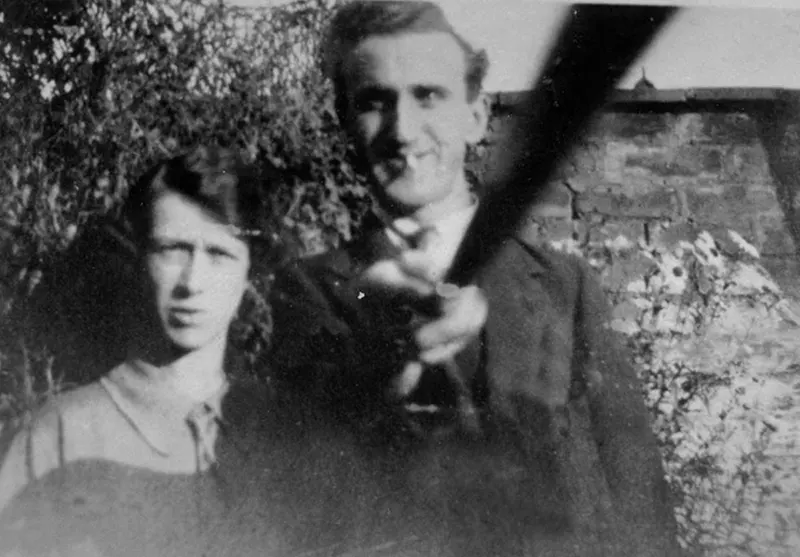





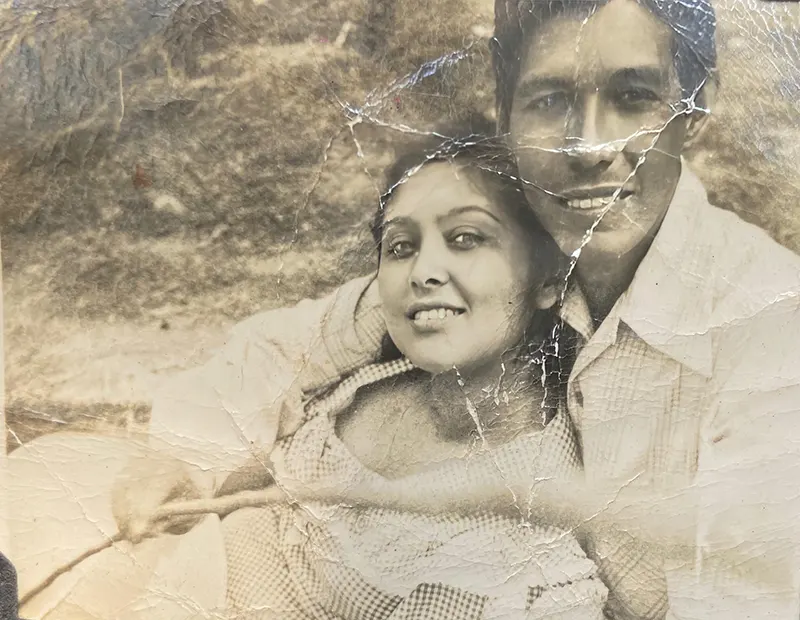

The Legacy of the Selfie Stick in Photography
Today, the selfie stick remains one of the most iconic and sometimes controversial inventions of the 21st century. While it may have had a rocky start and faced backlash for being a symbol of vanity, it ultimately revolutionized how people approach photography. The selfie stick made it possible to take high-quality, wide-angle selfies without relying on strangers or awkwardly contorting the camera in an attempt to fit everyone into the frame.
As we look back on the history of the selfie stick, it’s clear that this simple invention had a much longer history than many realize. From early homemade sticks in the 1920s to the mass-produced selfie sticks of today, the evolution of this tool has been fascinating to observe. While its usage may have evolved, the desire to capture a perfect self-portrait remains timeless. Whether seen as a tool of vanity or a necessary accessory, the selfie stick has certainly made its mark on modern photography, and it’s unlikely to fade from the cultural landscape anytime soon.
Video
Watch the video for a crazy selfie stick shot!
Conclusion: A Timeless Evolution in Photography
The selfie stick is much more than just a gadget – it’s a cultural artifact that reflects our enduring desire to capture moments of our lives in the perfect frame. Its evolution from a homemade contraption in the 1920s to the mainstream tool of the 21st century highlights the ever-changing nature of technology and human behavior. As it continues to evolve and adapt, the selfie stick will remain a symbol of how far we’ve come in the pursuit of capturing the perfect image. Whether it’s for personal use or social media, the selfie stick has changed the way we see the world – one self-portrait at a time.


